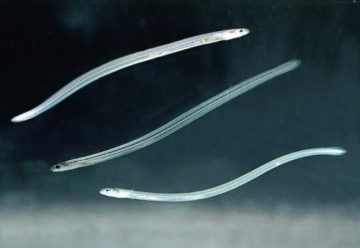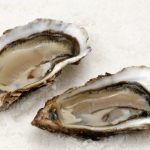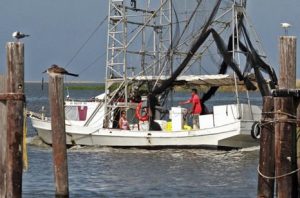A look at the global eel trade reveals widespread fraud – In Japan, 9.6 tons of baby eels magically appeared in 2015
 The glass eel trade is coming under international scrutiny. Already, cultured eels account for more than 99% of the world’s supplies. But the farming of these eels is totally reliant on elvers born in the wild. Although techniques to create artificial breeders to allow for the full cultivation of eels have been established, commercial production, as in the case of tuna, remains impossible. A big problem is that much of the glass eel trade essentially takes place in the dark. In Japan, the Fisheries Agency calculates the volume of the country’s eel catches by subtracting the amount of imported baby eels from that of domestic procurement. But the volume of domestic eel catches widely differs from the combined calculations of domestic catches done by prefectural governments, which issue the necessary permits. In the fishing season of 2015, for example, 18.3 tons of baby eels were procured domestically, while 3 tons were imported. The volume of eel caught domestically thus came to 15.3 tons. But data from prefectural governments, once tabulated, puts the total amount of domestic catches at 5.7 tons. The difference suggests that eel farms received 9.6 tons of glass eels from shadowy sources. Read the story here 10:36
The glass eel trade is coming under international scrutiny. Already, cultured eels account for more than 99% of the world’s supplies. But the farming of these eels is totally reliant on elvers born in the wild. Although techniques to create artificial breeders to allow for the full cultivation of eels have been established, commercial production, as in the case of tuna, remains impossible. A big problem is that much of the glass eel trade essentially takes place in the dark. In Japan, the Fisheries Agency calculates the volume of the country’s eel catches by subtracting the amount of imported baby eels from that of domestic procurement. But the volume of domestic eel catches widely differs from the combined calculations of domestic catches done by prefectural governments, which issue the necessary permits. In the fishing season of 2015, for example, 18.3 tons of baby eels were procured domestically, while 3 tons were imported. The volume of eel caught domestically thus came to 15.3 tons. But data from prefectural governments, once tabulated, puts the total amount of domestic catches at 5.7 tons. The difference suggests that eel farms received 9.6 tons of glass eels from shadowy sources. Read the story here 10:36















































Leave a Reply